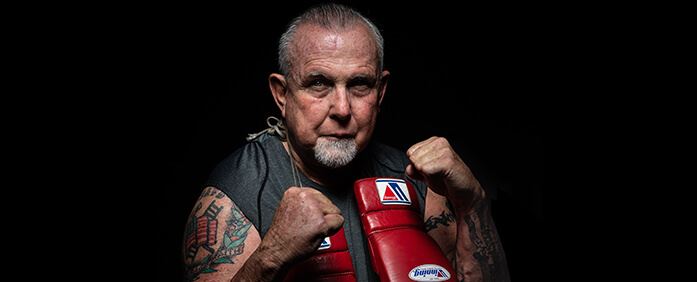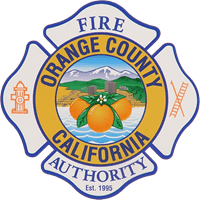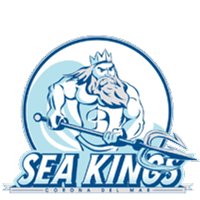Ligament & Capsule Repair
The shoulder is one of the most movable joints in the body. However, it is an unstable joint because of the range of motion allowed. It is easily subject to injury because the ball of the upper arm is larger than the shoulder socket that holds it. Because the bones provide little inherent stability to the shoulder joint, it is highly dependent on surrounding soft tissues such as capsule ligaments and the muscles surrounding the rotator cuff to hold the ball in place.
Shoulder instability can occur in people who regularly perform shoulder motions that stretch out the joint capsule. For example, gymnasts, pitchers, volleyball players and swimmers are at a high risk for shoulder instability. Your orthopedic surgeon may determine that a recurrent dislocating shoulder or shoulder separation is an injury severe enough to require surgery.
Repairing Ligament Injuries with Arthroscopic Surgery
Injuries where part of the ligaments and capsule of the shoulder are pulled away from the bone are called Bankhart lesions. Surgical techniques are aimed at fixing this problem and also at tightening up the ligaments of the shoulder that have been stretched or torn by the dislocation. Repairing the torn capsule and ligament back to the bone is called a Bankhart repair.
All of these procedures can be done with arthroscopic techniques. Orthopedic surgeons perform ligament and capsule repair through a tiny incision into which a small scope is inserted to observe the inside of the joint. Arthroscopic techniques involving the shoulder are relatively new and highly technical, and are best performed by a surgical team that performs this surgery often.
At Hoag Orthopedic Institute, you will find that our orthopedic surgeons and physical therapy team are trained and experienced in leading edge shoulder surgery.
Recovering from Arthroscopic Ligament Surgery
When your shoulder surgery is arthroscopic, the size of the surgical scar will be smaller and the amount of pain after the operation will be less. Rehabilitation will be quicker as well. The amount and type of movement that you will be allowed to do following surgery will depend on the procedure that was done. Usually, at least six weeks of recovery time are required.
In general, activities will be limited and gradually increased until the range-of-motion and strength in the repaired shoulder is equal to that of the other arm. In some cases, you may be able to return to light work within a few days. During your recovery period, you will be asked to conform to an exercise program set by the Hoag Orthopedic Institute physical therapy team and your doctor.
Contact us today to discuss your options with the team at Hoag Orthopedic Institute.
-
 Returning to Boxing After Surgery Knee, Sports Medicine
Returning to Boxing After Surgery Knee, Sports Medicine"Procedure: Right Total Knee Arthroplasty When Brad retired nearly 20 years ago at age ..."
Read More -
 Back to Extreme Surfing Hip, Sports Medicine
Back to Extreme Surfing Hip, Sports Medicine"Procedure: Anterior Approach Left Hip Arthroplasty A love for extreme sports and ..."
Read More -
 Back on the Soccer Field Sports Medicine
Back on the Soccer Field Sports Medicine"She knew the seriousness of the injury the second she heard the loud, high-pitched ..."
Read More -
 Back to Show Jumping Hand & Wrist, Sports Medicine
Back to Show Jumping Hand & Wrist, Sports Medicine"Procedure: Repair of fractured left wrist It’s been eight months since Justine flew ..."
Read More -
 Back to Skiing Knee, Sports Medicine
Back to Skiing Knee, Sports Medicine"Procedure: Simultaneous Bilateral Total Knee Arthroplasty (SBTKA) – October 2016 ..."
Read More -
 Running Again After Spine Surgery Spine & Neck, Sports Medicine
Running Again After Spine Surgery Spine & Neck, Sports Medicine"“I can’t believe I’m walking, let alone running,” says car crash survivor, seven-time ..."
Read More -
 Back to Volleyball Hand & Wrist, Sports Medicine
Back to Volleyball Hand & Wrist, Sports Medicine"Procedure: Fractured Left Index Finger Repair: December 2017 “Coach, I think I broke ..."
Read More -
 Playing Football After Wrist Fracture Hand & Wrist, Sports Medicine
Playing Football After Wrist Fracture Hand & Wrist, Sports Medicine"Procedure: Closed reduction, right wrist (February 2018) Scholar athlete Joey Hobert ..."
Read More -
 Back to Taekwondo Sports Medicine
Back to Taekwondo Sports Medicine"Rita Grahovec of Yorba Linda signed up for martial arts classes to share something in ..."
Read More -
 Back to Soccer Sports Medicine
Back to Soccer Sports Medicine"Michael Wolitski, 21, has played soccer since he was a 3-year-old and had high ..."
Read More















































